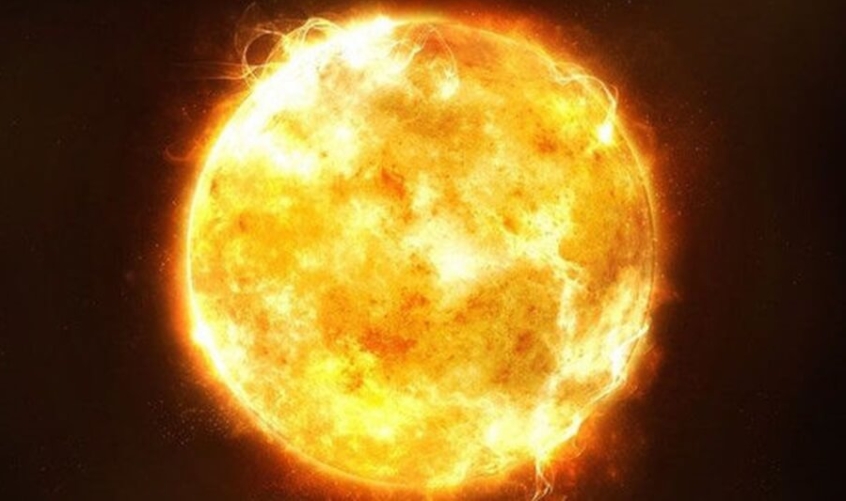
From the Earth, human beings cannot take a good look at the sun, because looking directly at the heavenly body that provides light and heat to our planet can cause serious damage to one's eyes.
Thankfully, the National Aeronautics and Space Administration (NASA) recently released a high-definition, close-up footage of the sun, which provided space scientists and ordinary people alike a glimpse of how the sun looks like as well as the activities on the sun's surface.
The stunning 30-minute footage was taken by the space agency's state-of-the-art Solar Dynamic Observatory (SDO), which orbits the sun and can take images across 10 wavelengths of invisible ultraviolet light.
The telescope used for the video took images of the sun every 12 seconds in 10 wavelengths of ultraviolet light, with each wavelength highlighting a different temperature.
The observatory also provides space scientists with the capability to differentiate between the wavelengths through the assignment of particular colours, resulting in a very vivid image of the sun's surface.
The SDO is particularly tasked to figure out the reason for the frequent shifts in the sun's magnetic fields, and to find an explanation why the sun's atmosphere, known as the corona, is up to a thousand times hotter than its surface.
The video taken by the NASA observatory shows the sun as a flaming sphere of red, yellow, orange and black. Constant explosions on the sun's surface, which results in bursts of colour blue, were also very visible in the video.
"It's always shining, always ablaze with light and energy. In the ubiquity of solar output, Earth swims in an endless tide of particles," the space agency said in a poetic statement upon the release of the sun's video, as quoted by The Express.
"Every time half of the Earth faces the Sun, we experience the brightness of daytime, the Sun's energy and light driving weather, biology and more," NASA added.















